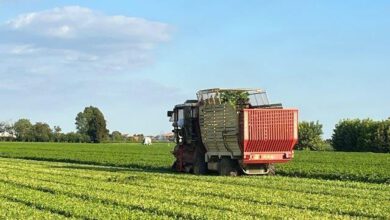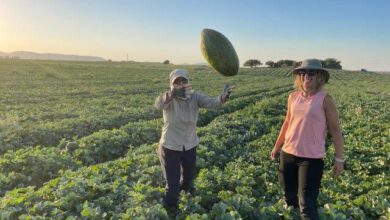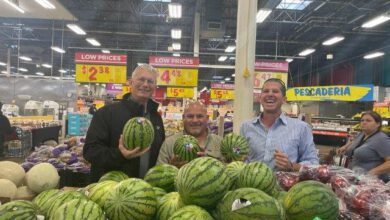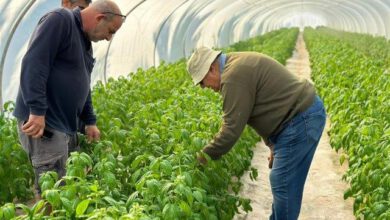Growing crops by market demand
The new technology has brought the younger generation back to the farm
Interview with Timothy X. Colin, Sostena; distributor of Origene hybrid seeds

during a recent “open day” held annually by origene seeds at moshav bnei darom, we met timothy colin, ‘origene seeds’ distributor in the u.s., and owner of sostena, which provides seeds and various services to growers across the u.s.
timothy talks about growers coping with climate changes, and how the transition to origene’s hybrid seeds together with adoption of advanced irrigation technologies helps make growers’ work more efficient and maintain profits.
“we’re working in yuma, arizona, a very arid environment. using our irrigation program, combine with origene’s genetics, watermelon growers can save 35% on water. the technologies we offer to our growers work with all crops, including strawberries, lettuce, cauliflower, bell peppers and of course provide high quality tomatoes. according to timothy, aside from choice of crop, weather is another factor to consider.
.jpg)
as for the question “are growers aware of the new irrigation program?”
“not all. farmers aren’t trusting people, if they can’t see it, they are wary. their average age in the us is 58! our team sets up sensors and shows farmers how to use the system.”
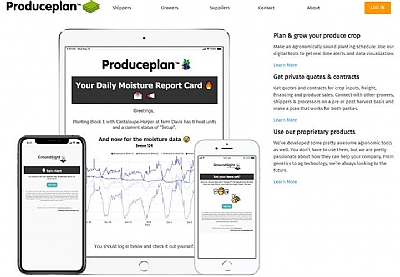
according to timothy, the harvest window software is supported by sostena’s platform: axiom, autoblock, ground sight, each online. applying this software is meant to provide growers with information about market demand, and to give them tools to plan the next season.; the grower matches planting in accordance with demand. farmers are risk takers, but this approach helps increase yield and quality. preferably, orders should be placed in advance from growers. in the u.s. sostena uses the axiom program to plan demand, then distributes the plan to various growers to execute.
.jpg)
“we help the farmer turn demand into a growing schedule; ask the farmer, how many dunams of melons are you planting? if he loses this year, next year he’ll plant less, or vice versa – if he profits, he will want to plant more. also, planning must match environmental conditions; we accompany the farmers all the way through harvest. provide them with support. for instance, “look at block b, maybe it needs more water?”
sostena connects to the greater supply chain, if there’s a problem, they need to know about it. our results speak for themselves.”

we’ve had incredible yields, and growers now think about how much to plant in terms of the supply chain. this approach limits their financial exposure. seedless watermelons are now yielding 45 tons per acre, far more than previously. farmers are “tech adverse”.

in recent years, we’ve begun to think about farmers’ profitability, and the new management software can offer farmers a higher quality of life. by using this software, the farmer can run his farmstead from home. however, it’s important to understand that we try to augment the farmer, not replace him. he can watch the entire farm on the wall screen, together with his family. it’s a hard life, 7 days a week, 365 days per year.

as noted, farmers’ current average age is 58, but the younger generation now sees that the farm can be controlled remotely, via cellphone, computer, etc., leaving them time for family, leisure. this increases motivation for the younger generation to enter agriculture, a trend that can be seen in the u.s. the new technology has brought the younger generation back to the farm.

